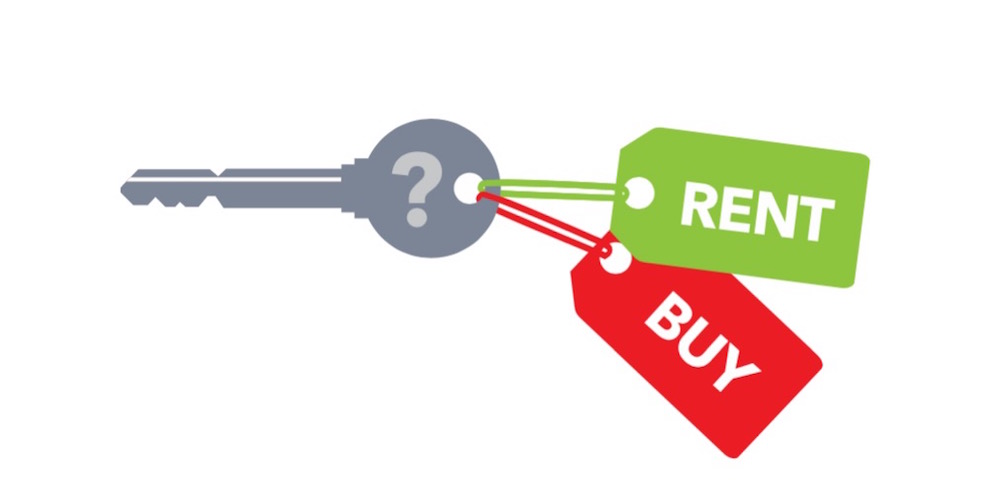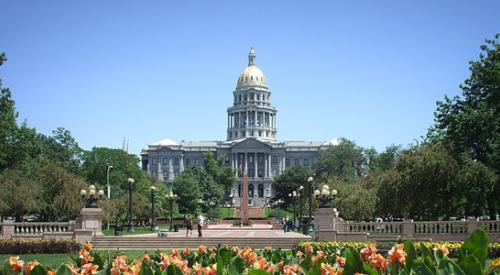Owning a home has earned yet another victory over renting, according to data from Trulia, which shows that it is now 37.7 percent cheaper to buy a home than to rent one in the top 100 U.S. cities. That’s the highest mark since 2012, when it was 40.7 cheaper to buy than to rent, and 0.5 percentage points higher than in 2015. Trulia found it is cheaper to buy than to rent in each metro, as well.
The rent-versus-buy formulation is based on a 3.66 percent 30-year fixed-rate mortgage with a 20 percent down payment. Homeowners are assumed to have an itemized income tax rate of 25 percent and to live in their homes for seven years.
The report compares the costs of owning, which includes mortgage payments, maintenance, insurance, and taxes, with the costs for renting similar properties. The data also factors closing costs, down payments, security deposits, rent appreciation, and renter’s insurance into the costs of renting.
The difference is greatest in Miami, where after seven years of homeownership, it is 53.2 percent cheaper to buy a home at the median price of $259,527 than it is to rent an average apartment in the city at $2,000 per month. According to the Trulia Rent vs. Buy Calculator, renters would spend $1,924 on rent in this scenario, while buyers would spend $871 per month on all housing costs.
The Trulia data also found that it’s 50 percent cheaper to buy a home in Philadelphia, Syracuse, N.Y., and several southern cities such as New Orleans, Houston, and Charleston, S.C., while it’s a bit less than 20 percent cheaper to own than to rent in Honolulu, San Jose, Calif., and Milwaukee. Honolulu and San Jose boast expensive houses, with median prices of $629,606 and $954,153. Milwaukee features affordable rent ($1,300 per month), which is only slightly higher than the monthly costs (an estimated $962) of purchasing a house at the median price of $203,148.
Ralph McLaughlin, Trulia’s chief economist, asserts that an interest rate hike by the Federal Reserve later this year won’t affect the buy-rent balance as much as rising home prices will.
“The tipping point, that is, the price or rate at which the cost of buying equals the cost of renting, is much higher for rates than for prices,” McLaughlin writes. “For example, the median home value tipping point for the U.S. is $467,772, which is 67 percent higher than today’s median value of $280,103. In comparison, the tipping point for U.S. mortgage rates is 9.1 percent, or 145 percent higher from today’s average mortgage rate of 3.7 percent.”












